Work attributed to the bronzier Pierre Philippe Thomire (1751-1843)
Movement signed Le Coeur l’Ainé in Paris,
Beginning of the 19th century
Dimensions Width: 42 cm / Height: 56 cm / Depth: 13 cm
The book La pendule francaise dans le monde (Tardy editions) tells us that the god represented would be Apollo, God of beauty, the Arts and music.
This attribution is probably made by the presence of the lyre, an instrument traditionally associated with Apollo.
In addition, Apollo (just like Bacchus) was depicted as a young and handsome man.
However, if we compare our pendulum to that appearing in the book, we notice that ours is equipped with its thyrsus. The thyrsus is essential here and its absence may possibly explain the attribution error. This is indeed the main attribute of Bacchus, God of wine and nature. This stick adorned with vines and surmounted by a pine cone evokes a scepter and allows ivy or vines to appear.
That being said, the thyrsus is not the only evocation of the God of Wine on our clock.
Indeed, several elements make it possible to affirm that it is indeed Bacchus and not Apollo.
We note that the god wears a crown of vines. We also find grapes and vines under the dial as well as on either side of the central frieze.
An ewer is present, this one undoubtedly evokes the kantharos, a deep vase used to drink wine in Ancient Greece.
This procession was very noisy since it moved to the sound of cries and the percussion of tambourines and cymbals. The members of this procession were seized with trances and in particular waved pieces of butchered animals, thus explaining the animal skin.
Finally, the central frieze represents the God Bacchus, carrying the thyrsus, on his chariot pulled by the two leopards and followed by the maenads, to the sound of cymbals and syrinxes.
This traditional iconography is found in many works, we will cite in particular Bacchus & Ariadne by Titian kept at the National Gallery, London or on the Triumph of Bacchus and Ariadne by Annibale Carracci kept at the Farnese Palace, Rome














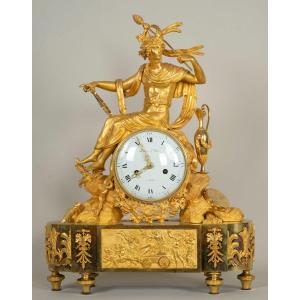













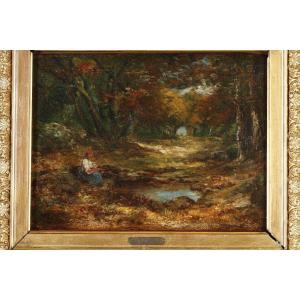


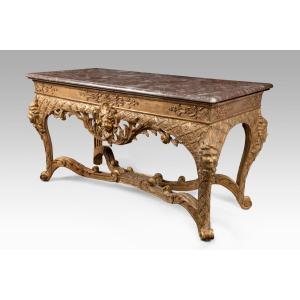






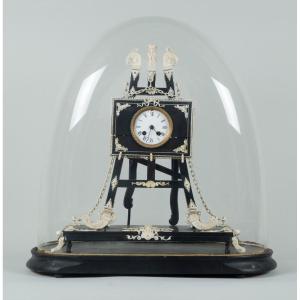
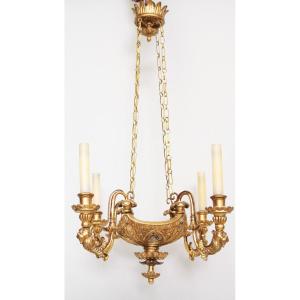

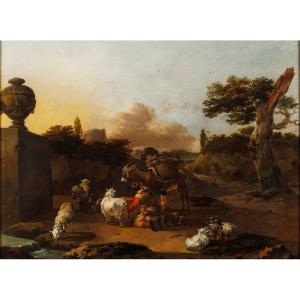



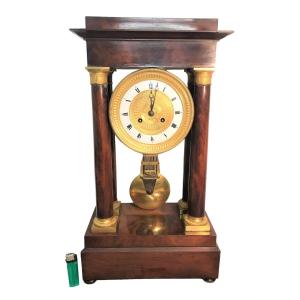




 Le Magazine de PROANTIC
Le Magazine de PROANTIC TRÉSORS Magazine
TRÉSORS Magazine Rivista Artiquariato
Rivista Artiquariato